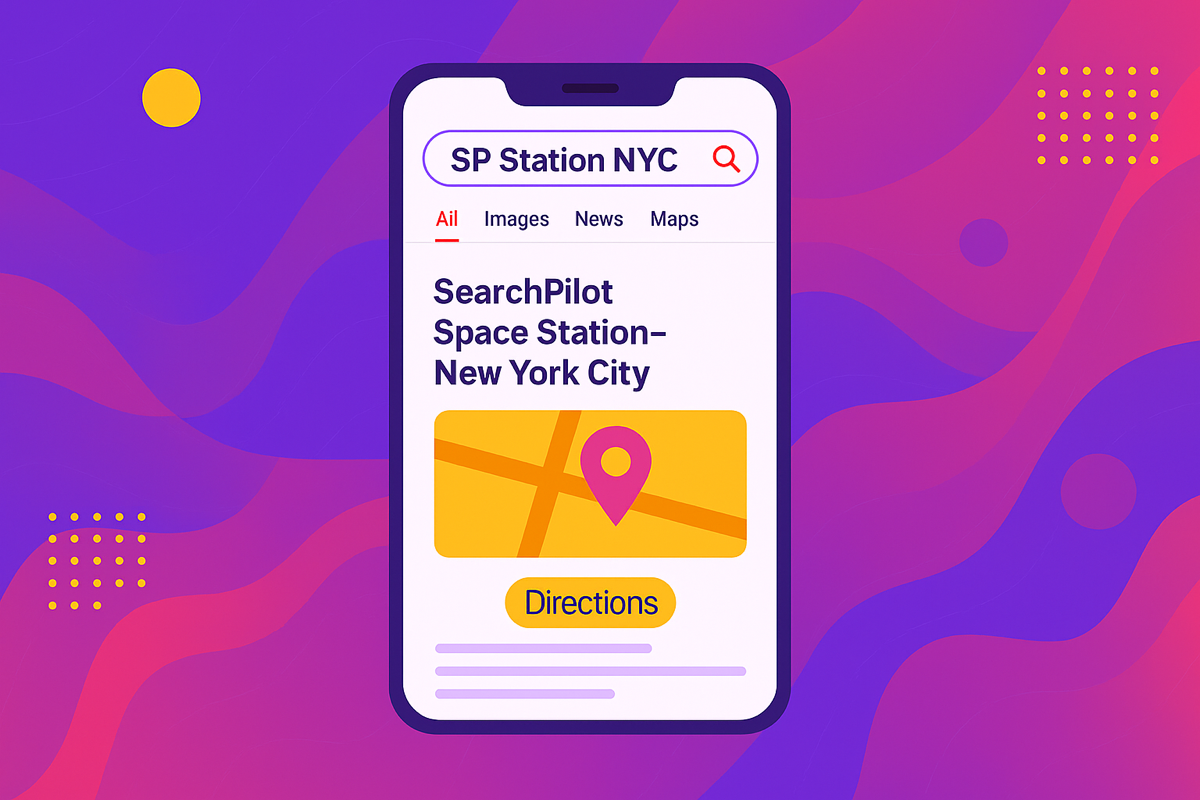The Case Study
Cumulative Layout Shift (CLS) is a measurement of how much the elements above the fold shift as the page loads, and is an integral metric of overall page performance. Being one of the three pillars of Google’s Core Web Vitals (CWV), it is used as a part of Google’s ranking algorithm.
Ads are notorious for negatively impacting the CLS score because they are typically rendered by JavaScript, causing other elements to shift up and down the page. One of our customers in the e-commerce space wanted to see if predetermining the height of their banner ad would reduce its negative impact on CLS and increase their rankings as a result. Keep reading to see if they were right!
What was changed
Results

This test resulted in an inconclusive impact on organic traffic. This likely happened because the layout shift caused by the ad banner had a less significant effect on the CLS score than we initially believed. While the banner did cause some degree of layout shift, it was not substantial enough to significantly influence our rankings.
Despite this result being inconclusive, improving CLS is a change that we might consider default to deploy. The hypothesis around specifying a banner height to improve CWV scores is strong, the change is easy to implement, and as we can see from the result it is more likely to be positive than negative. By deploying this change we can capture uplifts that might be too small for us to measure, but these uplifts will compound over time. After all we are doing business, not science.
We generally test CWV hypotheses less because they usually involve dev support to make a change to the page that improves performance. That being said, CWV are no less valuable than any other branch of SEO and with SearchPilot’s request modification capabilities they are easier than ever to test.
Keep an eye here for future CWV test results!






